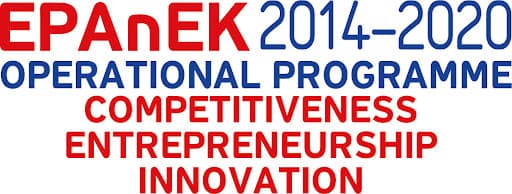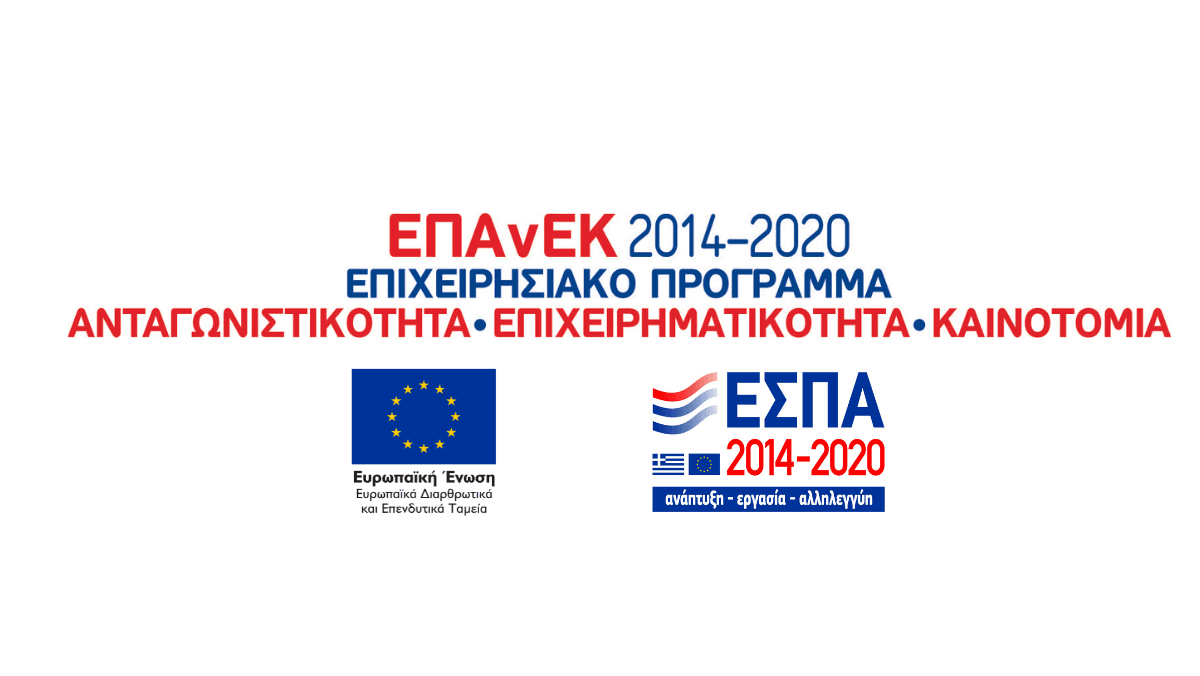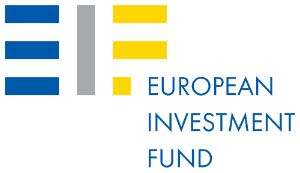The textile industry is a dynamic and competitive field where quality control in the clothing industry is paramount. Ensuring high standards in clothing production not only meets customer expectations but also complies with regulatory requirements and boosts brand reputation. Implementing robust quality control in the clothing industry is critical to achieving these goals.
This blog post explores the best practices, essential tools, and a comprehensive checklist for quality control in textile manufacturing, with a focus on how modern solutions like the Tekmon Quality Management System (QMS) streamline these processes.
Understanding Quality Control in the Textile Industry
Quality control in the textile industry involves systematic processes to ensure that textile products—ranging from raw materials to finished garments—meet predefined standards. In the context of quality control in the clothing industry, it encompasses testing, inspections, and corrective actions to eliminate defects and maintain consistency. Unlike quality assurance, which focuses on process improvement, quality control verifies that products adhere to specifications.
In the garment and apparel sectors, quality control in the clothing industry is vital to address issues like fabric defects, stitching errors, or sizing inconsistencies. By integrating advanced tools and software, manufacturers can enhance efficiency, reduce waste, and deliver superior products.
What is a QMS?
A Quality Management System (QMS) is a structured framework designed to standardize, monitor, and improve an organization's processes, particularly in areas like quality control in the clothing industry and quality control in the garment industry. By leveraging advanced QMS software, businesses can reduce errors, enhance customer satisfaction, and comply with industry regulations. In the textile industry, a QMS ensures that every stage of production—from raw material inspection to final product delivery—meets stringent quality standards.
Choosing the right QMS software, such as the Tekmon QMS, can significantly impact an organization’s overall efficiency and quality performance. Key features to look for include automation, real-time analytics, and customizable templates to address the unique needs of quality control in the textile industry.
TOP 15 FEATURES TO LOOK FOR IN QUALITY MANAGEMENT SOFTWARE
Learn more about the 15 essential features of a High-Quality QMS software in our detailed guide.
The Importance of Quality Assurance in the Textile Industry
Quality assurance in the textile industry complements quality control in the clothing industry by focusing on preventing defects through well-designed processes. It involves setting standards, training staff, and continuously improving workflows. Together, quality control and assurance create a robust framework for delivering high-quality textiles.
For example, a strong quality assurance program ensures that suppliers meet material standards, while quality control in the clothing industry verifies that the final product aligns with customer expectations. This dual approach minimizes risks and enhances operational integrity.
Quality Control in the Garment Industry: Key Considerations
Quality control in the garment industry is a critical aspect of textile production, focusing specifically on the manufacturing of wearable clothing items. This process ensures that garments meet aesthetic, functional, and regulatory standards before reaching consumers. Quality control in the garment industry involves rigorous checks at various stages, from fabric selection to final assembly, to ensure durability, comfort, and visual appeal.
Key considerations for effective quality control in the garment industry include:
Material Selection: Ensuring fabrics meet standards for strength, texture, and colorfastness.
Production Monitoring: Regular inspections during cutting, sewing, and finishing to catch defects early.
Standardized Testing: Conducting tests like seam strength, tear resistance, and shrinkage to validate garment quality.
Compliance with Regulations: Adhering to safety standards, such as flame resistance or chemical restrictions.
Consumer Feedback Integration: Using customer complaints to identify recurring issues and improve processes.
One of the most widely used fabric inspection methods is the 4-Point System, which helps grade fabric quality by assigning penalty points to defects based on their size and severity. This system allows manufacturers to objectively assess whether a fabric roll meets predefined quality standards or should be rejected, ensuring only acceptable materials proceed through the production process.
By prioritizing quality control in the garment industry, manufacturers can reduce returns, enhance customer satisfaction, and maintain a competitive edge. Tools like the Tekmon QMS, with features such as automated inspections and real-time reporting, are instrumental in achieving these outcomes.
Essential Quality Control Checks in Textile Production
To achieve excellence in quality control in the clothing industry, manufacturers must implement a series of checks at every stage of production. Below is a comprehensive list of quality control checks that clothing must pass before reaching the final stage:
Raw Material Inspection: Verify the quality of fibers, yarns, and fabrics for strength, color consistency, and texture.
Fabric Testing: Conduct tests for shrinkage, colorfastness, tensile strength, and pilling resistance.
Cutting Accuracy: Ensure patterns are cut precisely to avoid sizing issues.
Stitching and Seam Inspection: Check for loose threads, uneven stitches, or weak seams.
Dyeing and Printing Quality: Confirm uniform color application and print alignment.
Fitting and Sizing Verification: Test garments for accurate sizing and fit across samples.
Accessory Inspection: Examine zippers, buttons, and labels for durability and functionality.
Packaging and Labeling: Ensure proper labeling (care instructions, size, brand) and defect-free packaging.
Final Product Audit: Perform random sampling using Acceptable Quality Level (AQL) standards to detect defects.
Compliance Check: Verify adherence to safety and regulatory standards, such as REACH or CPSIA.
By following this checklist, manufacturers can address potential issues early, ensuring that only high-quality products reach the market through effective quality control in the clothing industry.
Book a Demo
Reach out to our team to discuss your processes and receive expert guidance on the next steps. Our team will facilitate a 30-minutes demo targeted to your needs
Best Practices for Quality Control in the Apparel Industry
To excel in quality control in the apparel industry, manufacturers should adopt the following best practices, with a strong emphasis on leveraging advanced tools like a Quality Management System (QMS).
1. Adopt a Comprehensive QMS
A modern QMS, such as the Tekmon QMS, is indispensable for streamlining quality control in the clothing industry. It automates tracking, reporting, and issue resolution, enabling manufacturers to meet industry standards and regulatory requirements seamlessly. The Tekmon QMS offers 15 key functionalities that transform quality management:
Ensure Compliance: Align with ISO 9001, REACH, and other regulations.
Improve Quality: Identify and eliminate defects systematically.
Drive Operational Efficiency: Automate repetitive tasks to save time and resources.
Audits and Inspections: Conduct paperless audits with mobile offline functionality and custom analytics.
CAPA (Corrective and Preventive Actions): Simplify corrective plans with task tracking and real-time alerts.
Document Management: Centralize documents for traceability and audit readiness.
Findings Management: Capture, prioritize, and resolve issues with centralized tracking and trend analysis.
Supplier Quality Management: Automate supplier assessments and monitor performance.
Risk Management: Identify and mitigate risks proactively.
Training and Competency Management: Ensure staff are well-trained and competent.
QA & QC Templates: Use pre-built templates for ISO 9001, HACCP, and AQL tracking.
Customer Complaint Management: Resolve complaints efficiently and analyze trends.
Real-Time Dashboards and Reporting: Monitor KPIs with advanced analytics.
Change Management: Manage process changes smoothly.
Integration Capabilities: Connect with ERP, CRM, and other systems for seamless workflows.
2. Leverage Textile Testing and Quality Control Software
Textile testing and quality control software like Tekmon QMS enhances precision and efficiency in quality control in the clothing industry. Features such as no-code form builders, mobile-first data collection, and custom analytics empower teams to perform inspections, track defects, and generate reports on the go. For instance, Tekmon’s mobile app allows auditors to capture photos, signatures, and attachments, even offline, ensuring real-time data accuracy.
3. Implement Automated Supplier Assessments
Supplier quality is a critical component of quality control in the clothing industry. Automating supplier assessments, as offered by Tekmon QMS, enables manufacturers to evaluate suppliers, monitor defects, and ensure consistent material quality. Features like Supplier Self-Assessments and SLA Monitoring streamline this process.
4. Use Data-Driven Insights
Real-time dashboards and custom BI analytics provide actionable insights into quality trends, defect rates, and process inefficiencies. By analyzing this data, manufacturers can make informed decisions to improve quality control in the clothing industry and reduce costs.
5. Prioritize Training and Documentation
A well-trained workforce and centralized document management are essential for maintaining standards in quality control in the clothing industry. Tekmon QMS offers training management tools and a centralized document library with history tracking and granular access control.
Tekmon QMS: A Game-Changer for Quality Control (H2)
The Tekmon QMS is a next-generation solution designed to meet the unique needs of quality control in the clothing industry. Its Integrated Quality Management System automates critical processes, ensuring compliance, improving quality, and driving operational efficiency. Here’s why it stands out:
Why Tekmon QMS?
Seamless Collaboration with Traceability: Track every step of the quality process with full transparency.
Smart Notifications & Reminders: Stay on top of tasks with automated alerts.
Advanced Customization: Tailor forms and workflows to specific processes using a drag-and-drop builder.
QC & QA in Action
Tekmon’s unified platform streamlines both quality control and assurance, offering tools for:
Audits & Inspections: Eliminate paperwork with mobile data collection and custom PDF reports.
Findings Management: Centralize issue tracking and resolve findings quickly with priority tagging.
CAPA: Plan and track corrective actions with audit-ready version control.
Supplier Assessment: Monitor supplier performance with automated evaluations and defect analysis.
Complaint Management: Resolve customer complaints and analyze root causes to improve processes.
Document Management: Ensure traceability with a centralized, auto-generated document library.
Next-Generation Features
No-Code Platform: Design custom forms and workflows without coding expertise.
Mobile-First Design: Collect data anytime, anywhere via web or mobile apps (Android and iOS).
Custom Analytics: Track KPIs with advanced dashboards and export custom PDF reports.
QA & QC Templates
Tekmon provides customizable templates based on industry best practices, includng:
ISO 9001 and ISO 22000 templates
HACCP and 5S processes
Root Cause Analysis and Non-Conformities
Supplier Assessments and AQL tracking
Customer Complaint Forms and Labeling Inspections
By integrating these features, Tekmon QMS empowers textile manufacturers to achieve operational excellence and deliver high-quality products consistently.
Interested in exploring a pilot program?
Experience innovation in action with our structured 8-week pilot program focused on selected processes. ovation in action with our structured 8-week pilot program focused on selected processes.
The Role of Textile Testing and Quality Control Software
Textile testing and quality control software is revolutionizing quality control in the clothing industry by automating complex processes and providing real-time insights. Tools like Tekmon QMS enable manufacturers to conduct fabric tests, monitor production quality, and generate compliance reports with ease. For example, formula-based validation and trend analysis reports help identify recurring issues, while mobile offline functionality ensures uninterrupted inspections in remote facilities.
Conclusion: Elevating Quality Control in the Textile Industry
Mastering quality control in the Textile industry requires a strategic blend of best practices, rigorous checks, and advanced tools. By adopting a comprehensive QMS like Tekmon, manufacturers can streamline audits, manage supplier quality, resolve complaints, and ensure compliance with ease. The 15 key functionalities of Tekmon QMS—from real-time dashboards to customizable templates—empower businesses to improve quality, reduce costs, and maintain a competitive edge.
To learn more about how Tekmon QMS can transform your quality control in the clothing industry, visit Tekmon. Invest in the right tools today to deliver exceptional textile products tomorrow.




